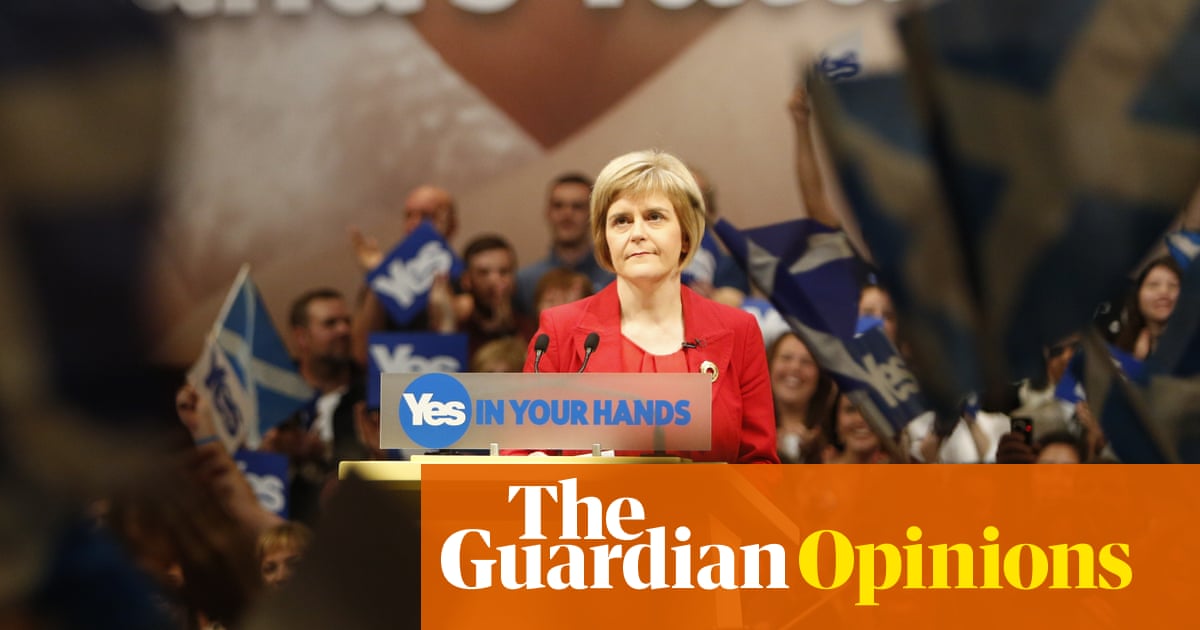
Every economic indicator in Britain has started flashing red, but the housing market has marched relentlessly on.
Nationwide building society will release its latest house price index for June this week, along with regional data for the second quarter, while the Bank of England’s latest mortgage lending figures should also shed more light on the state of the UK property market. Prices are up 5% this year, although uncertainty about the wider economy has meant Nationwide has not issued an annual house price forecast.
Few would have expected such buoyant conditions when estate agents were shuttered and housebuilders downed tools at the onset of the Covid pandemic.
But demand remained strong due to the stamp duty holiday, swiftly introduced by Rishi Sunak to prop up the market after it reopened, and a desire for more space and greener surroundings as many office workers switched to working from home. Even the end of the stamp duty holiday last summer and the rise of the highly infectious Omicron variant failed to stifle rising prices.
The housing market frenzy is partly caused by a lack of available properties, which means many newly listed homes get snapped up within a week or two. Mortgage rates have been low, and the jobs market has been surprisingly strong: unemployment, at 3.8% in April, remains at among the lowest levels since the 1970s.
Nationwide actually recorded a slowing in annual house price growth to 11.2% in May from 12.1% in April, but this was due to base effects, and the monthly gain was strong at 0.9% – the 10th successive monthly increase, Nationwide’s chief economist, Robert Gardner, noted.
The key question is how long the market can remain insulated from the cost-of-living crisis, with UK inflation rising to a fresh 40-year high of 9.1% in May and five recent rate rises from the Bank of England. Gardner says there are only tentative signs that the market is slowing, although, like other experts, he expects it to cool in the coming months amid the economic chill. UK mortgage approvals fell to 66,000 in April from 69,500 in March, and net borrowing of mortgage debt dropped to £4.1bn from £6.4bn; both measures were slightly below the pre-pandemic averages.
But analysts point to the resilient labour market, a continued dearth of properties and mortgage rates which are still cheap by historical standards.
“I did not expect house prices to rise when the UK government closed the housing market: I thought at best house prices would be flat,” says Anthony Codling, an independent housing analyst and founder of the property website Twindig. “UK house prices have scaled new heights and many will be hoping it is not a case of what goes up must come down.”
Property firm Knight Frank is bullish: it has just raised its forecasts from 5% house price growth this year to 8%, just short of the 10% notched up last year.
The impact of rate rises on existing mortgage holders is expected to be limited, as more than 80% of them are on fixed-rate deals. In 2007, at the onset of the global financial crisis, about 45% of mortgage balances were on variable rates, and that number rose to 65% in 2013. A typical mortgage payment amounts to 31% of take-home pay, just above the long-term average of 29%, although still well below the highs of 45% reached just before the financial crisis.
But Gardner said a 10% deposit on a typical first-time-buyer home equated to 56% of average annual income.
Meanwhile, life appears tougher for renters than homeowners. The Centre for Economics and Business Research says rents agreed for new contracts rose by 10.6% in the year to May, with those in London rising the fastest, at 15.7%.
The housing market appeared immune to Covid shocks. This week should indicate whether the cost-of-living crisis can knock it off course.











